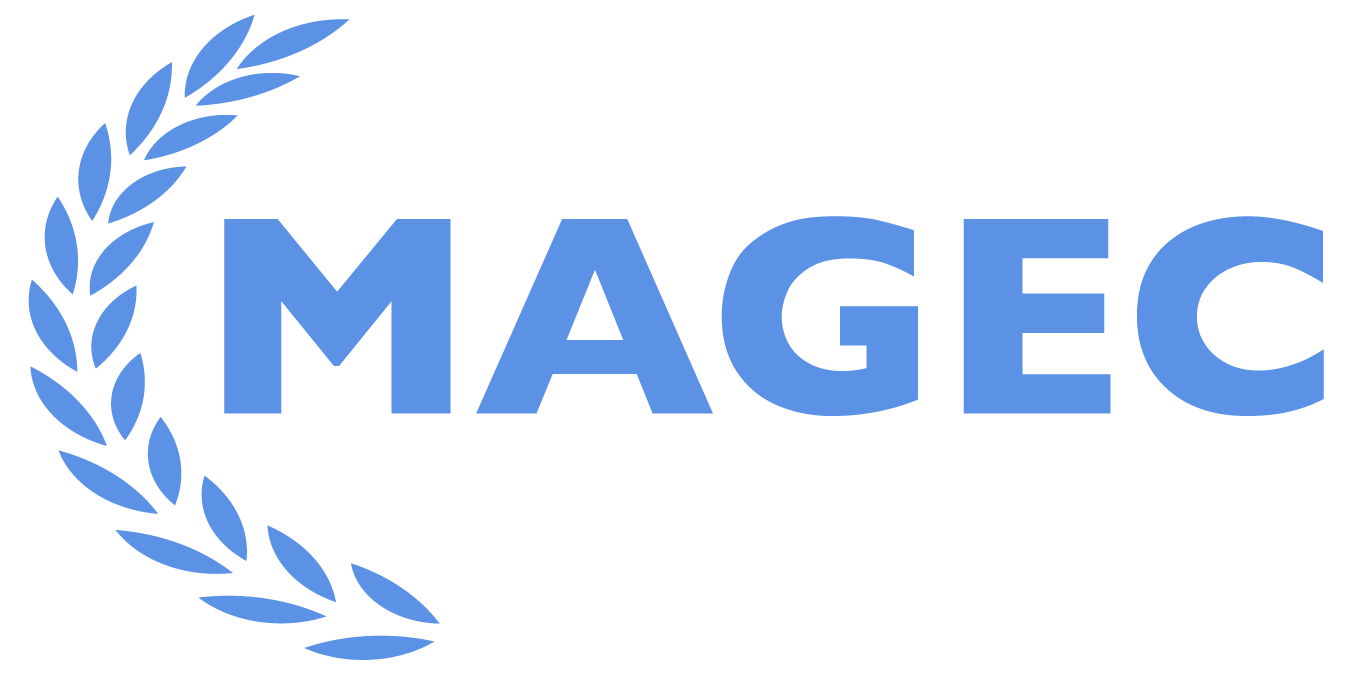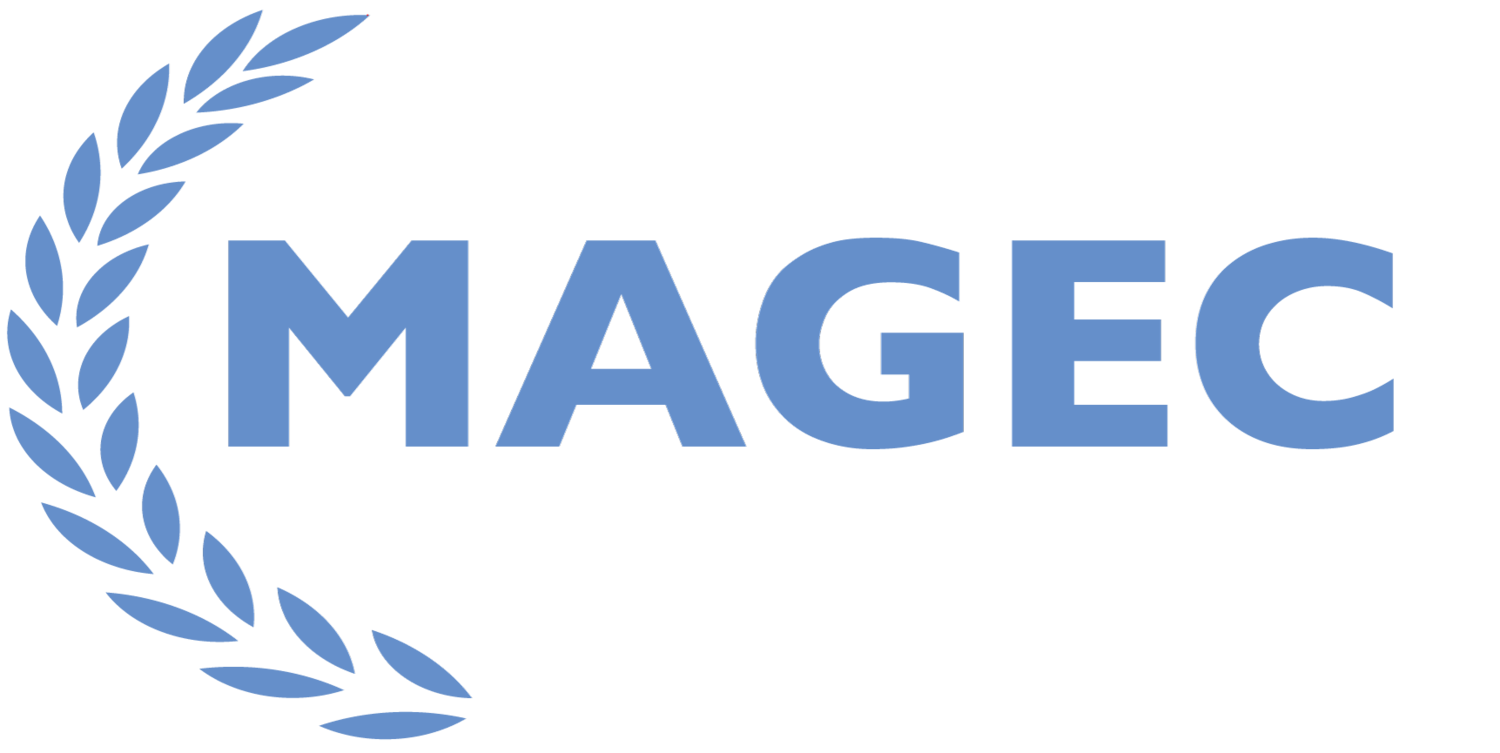How Meetings Work at MAGEC
Many delegations to the Mid-American Model United Nations have participated in other Model UN’s where parliamentary procedure may be similar to other conferences and different to ours. The rules of procedure at MAMUN closely resemble the rules used at the real United Nations, so we offer you this brief overview on how meetings will be run at our conference.
Definitions:
The following is a discussion of some things we think will make your participation in committee and General Assembly sessions easier and more productive. This notice is not part of the rules of procedure. Some of the ideas presented below cannot be considered part of the official rules.
Here are a couple of terms you should keep in mind when reading this article and throughout the MAMUN conference:
Item: Refers to an agenda topic, not to a resolution, amendment or other motion. For example, the items before the Political Committee are topics A, B, C, and D, on the former Yugoslavia, Middle East, etc.
Adjourn: To kill an item or session. It is an irrevocable action of the committee.
Suspend a Meeting: A recess of session to be resumed at a specific time.
I. Agendas are pre-set.
The agenda for individual committees, the General Assembly, and ECOSOC, are set by the chair. In the General Assembly you will rotate through the committees, one topic at a time, in the order set by each committee in its report to the General Assembly. In the event of an international emergency, a change in the order of agenda may be desirable, otherwise changes often impede the progress of the body.
II. One Speakers’ List per topic.
Once a topic is on the ‘floor’ (open for debate) of a committee, the chair will open a speakers’ list — the only speakers’ list that will be opened for the topic. The Chairperson will call for any nations wishing to speak on the topic. Those wishing to speak will raise their placards to be placed in a list to be randomized. Once randomized, to prevent favoritism, the initial order of the speakers list will be set. After the initial list of speakers has been exhausted, any speaker may be added to the list, even if that speaker has already spoken. The committee may limit the number of times a speaker may appear on the list, though initially it is not recommended to limit the list in this way.
III. Resolutions and amendments are debated concurrently.
During the course of debate, a delegate may move to the floor any of the resolutions contained in the resolution packet. If the motion to consider that resolution receives a second, the chair will ask if at least 1/3 of the committee members agree to consider that resolution. Any number of resolutions may be on the floor at once. The same is true of amendments. Speakers may address their comments to any of the resolutions and/or amendments that the committee has approved for discussion by the 1/3 vote.
IV. Voting is normally done by show of hands.
Roll call votes should be very rare. In the real United Nations, less than 5% of all votes are recorded. Votes on amendments should almost never be held by roll call or electronic means. Resolutions should be voted on by show of hands whenever possible.
V. Closing Debate versus Adjourning Debate.
Closing debate on an item (topic area) brings an end to discussion of all resolutions and amendments that have been moved to the floor. The chair will order the amendments from furthest to least removed in substance from the resolution being amended, and call for a vote on each amendment. If the passage of one amendment necessarily conflicts with the content of another amendment, no vote will be taken on the second amendment. For example, if an amendment calls for $1,000,000 in aid to The Committee to Save the Artichoke Hearts, and a second amendment calls for $20 in aid to be sent to the same group, the $1,000,000 amendment will be voted on first. If it passes, no vote will be taken on the $20 amendment. It will, in essence, have failed because the first one passed. Voting on resolutions will be taken in the order in which they were brought to the floor, unless the committee decides otherwise. If an amendment(s) on a resolution fails, the resolution can still be passed as is.
There are two ways to end debate on an item. The first way to end debate is to adjourn debate on that item. This has the effect of killing permanently all debate on that topic for the duration of MAMUN. There is no way to “un-adjourn” a topic. The most common way to end debate on an item is to close debate. At that point all resolutions and amendments will be voted on in accordance with the procedures described above. Again, do not move to adjourn an item unless you wish to permanently kill that item and all resolutions within that item!
What you should have noticed in reading this article is that, at MAMUN, we emphasize substantive debate just as in the real United Nations. Procedural motions have serious consequences for the meeting and should not be made frivolously. Each committee has four topics, which have to be accomplished in a short time. If you come prepared to debate, then do that, and don’t allow any delegate or set of delegates to dominate the meetings with procedural motions. Procedural motions have their place, but that place is to facilitate substantive debate, not replace it.

